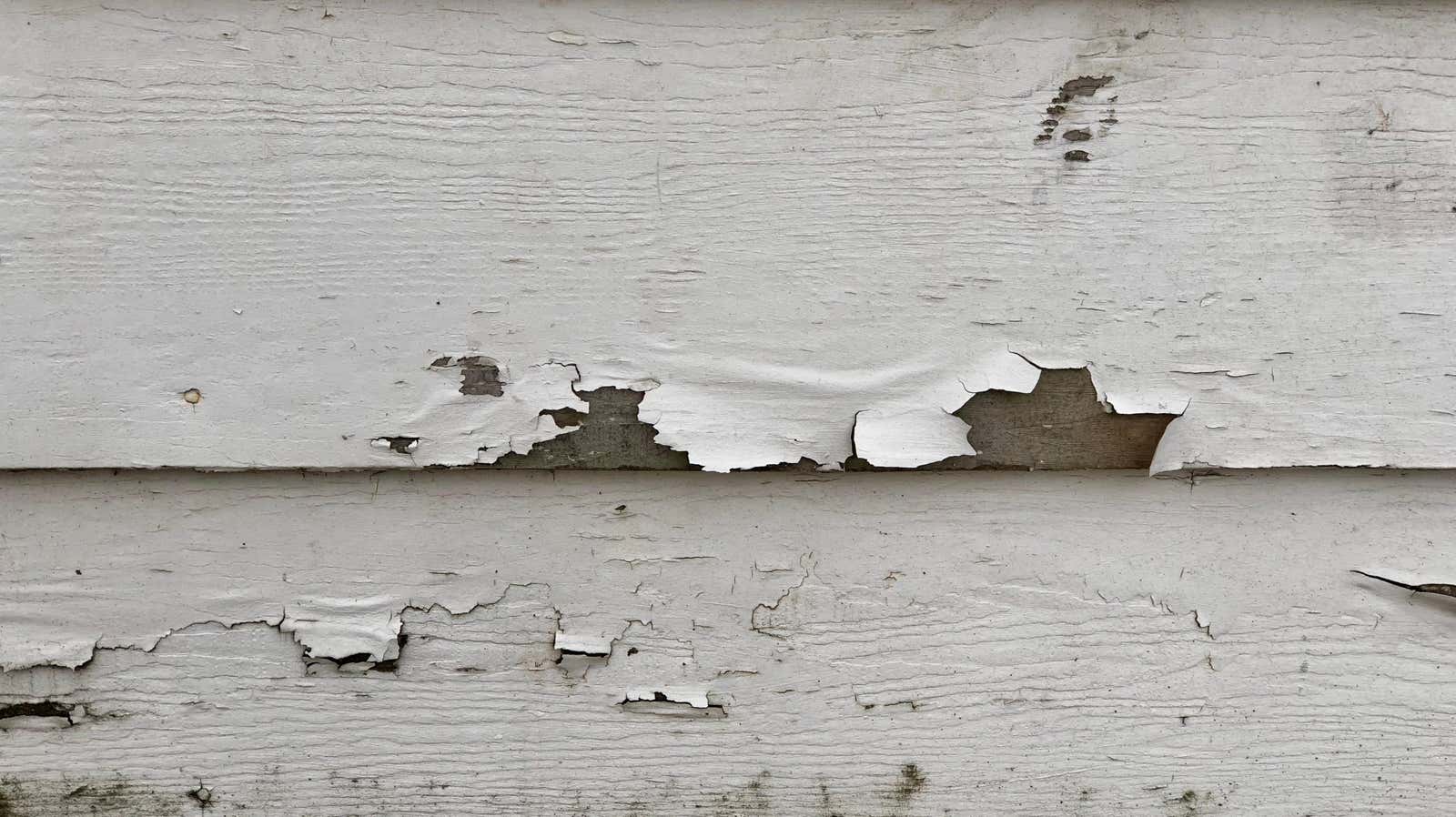How to Test Your Home for Lead (and When You Need To)

Although lead was banned in paint in 1978 and in plumbing in 1986, lead can still be found in older buildings. If you’re not sure if your home contains this hazard, testing is easier than you think. Here are a few ways you can test paint and water for lead, and what to do if you think you have a problem.
When to test for lead
According to the EPA , homes built before 1978 may contain lead paint. Although the use of lead in paint was much more common before 1940, since it was not completely banned until 1978, there could have been contamination in homes before that time. If you don’t know when your home was built, or if you don’t know if it’s been tested for lead in the paint, you can run some tests yourself to determine if lead is present, especially if you’re planning on sanding or scraping.
When to Test for Lead in Drinking Water
If your home was built before 1986 or, in some cases, if your water source, such as a municipal distribution system, was built before 1986, your drinking water may have been contaminated with lead. The ability of lead to leach out of pipes, solder, or fixtures depends on the acidity of your local water, so it doesn’t mean you’ll have contamination just because the building you live in is old. However, the acidity of local water can change due to drought, population changes, or other environmental factors, so it’s a good idea to have your water tested if you suspect you have any lead components in your pipes.
When to check for lead in soil
Another place of contamination to which you should pay attention is the soil. The soil can be contaminated by peeling paint on old buildings, vehicle exhaust prior to the use of unleaded gasoline, and former industrial sites. Checking for peeling or crumbling paint, as well as reviewing land use records, can help determine if your yard is at risk of contamination.
Why is it important to prevent exposure?
The good news is that you can test your home for lead contamination, and there are steps you can take to minimize the risk of exposure. Because children tend to be more susceptible to lead poisoning, people with children under the age of 6 should see a specialist if they suspect they may have lead in their home. However, dust from peeling paint and long-term exposure to lead from contaminated water can affect adults too, so it never hurts to get tested if you’re unsure.
Lead Paint Home Testing
To test the lead content of paint yourself, there are two main types of tests: sodium sulfide swabs for light paint, or sodium rhodisonate swabs for darker colors other than pink or red. The two main types certified by the EPA are Lead Check and D Lead . Choose a test kit that matches your paint color, then carefully follow the instructions on the package to test different areas of your home. Lead test kits are available from hardware stores, and some municipalities have free test kits on request. This testing method is not suitable for homes with children under the age of 6, or for landlords who require testing – a licensed professional is required in these situations.
Home testing for lead in water
To test the water for lead, the biggest challenge would be not opening the taps for 12 hours. The “first draw” water, which comes from the tap after the pipes have not been used for a certain period of time, contains the most toxins and gives the best results. You can purchase test kits for your faucet at any hardware store and many municipalities and government agencies. Be sure to follow the directions on the package for accurate results.
Home testing for lead in your soil
For soil tests, it is best to send a sample to a laboratory. Because there are so many different elements in the soil, it’s hard to do an accurate analysis on your own. You can use a home collection kit to send your soil to a lab for testing, or you can check on site to see if free soil testing kits are available.
When to Call a Specialist
If any of your samples test positive for lead, or if you have children under the age of 6, you should see a specialist who will test for lead and advise you on how to remove or reduce it. Lead exposure is dangerous, so any control measures are best left to the professionals. Many companies will offer free assessments to inspect your home and take precautions against lead contamination.